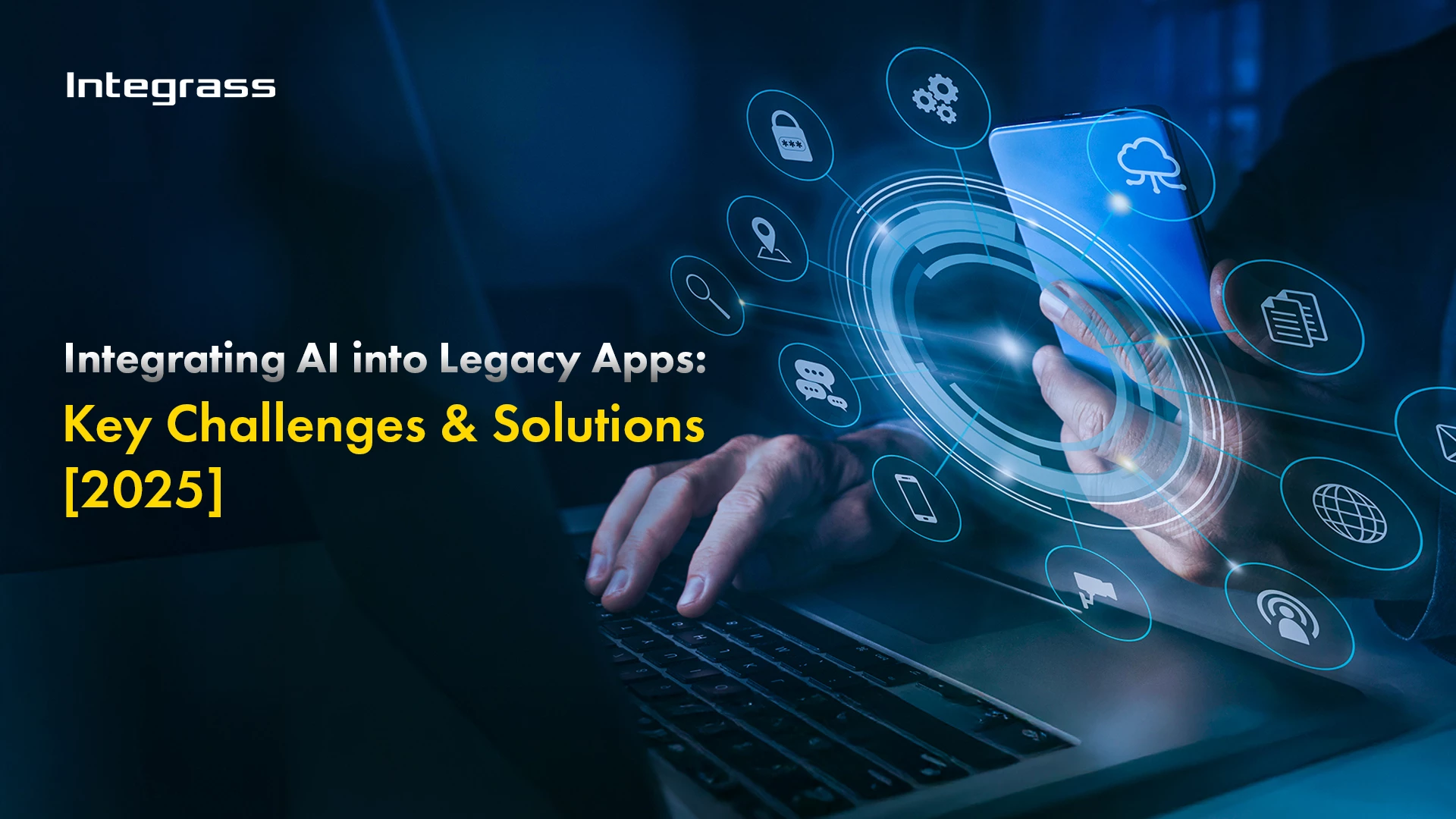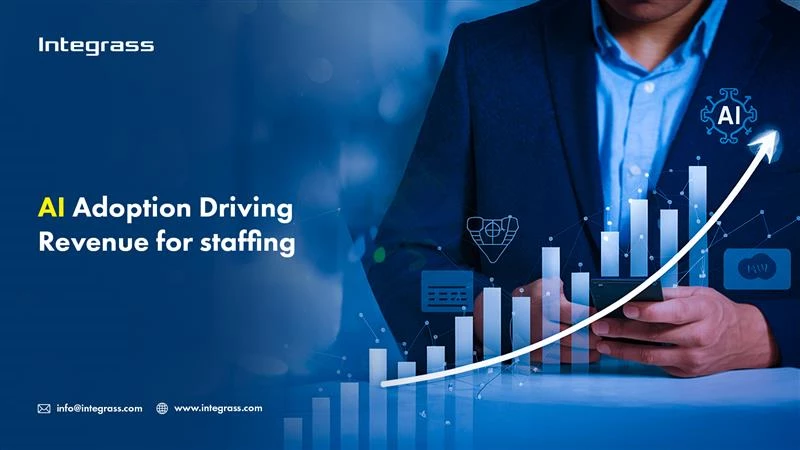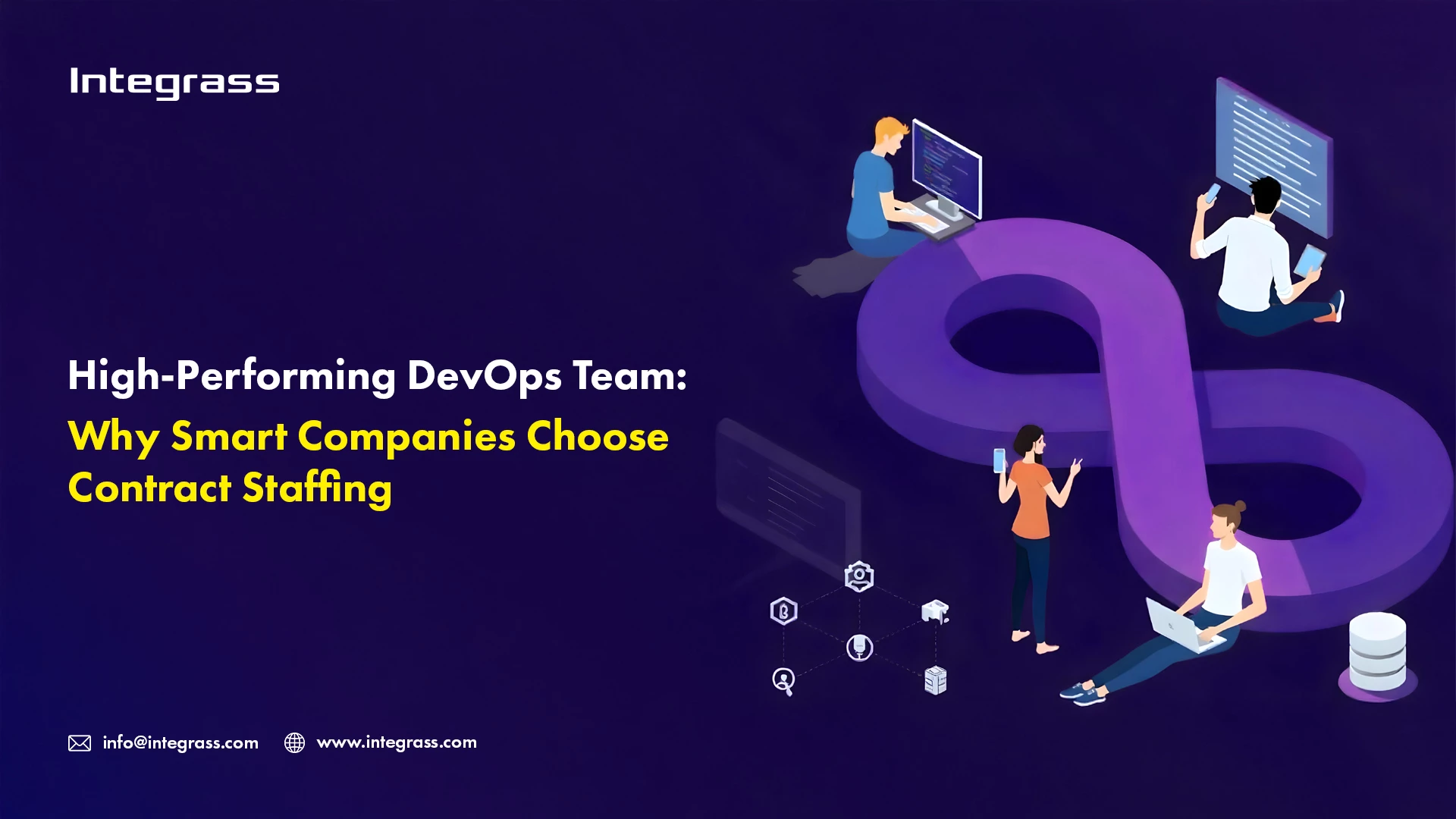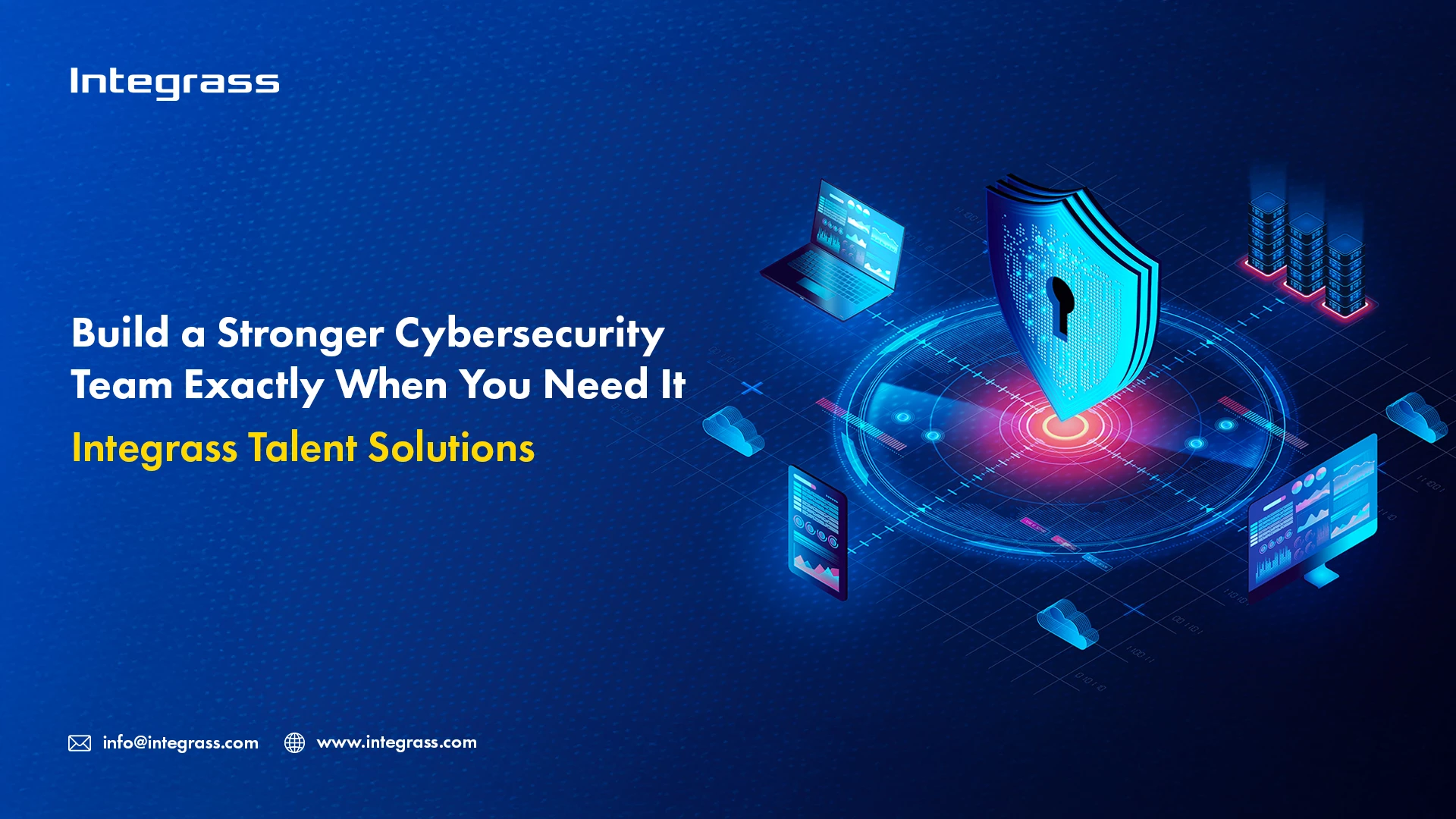AI and Legacy Apps: A Complex but Rewarding Upgrade
Integrating artificial intelligence (AI) into legacy applications isn’t as simple as flipping a switch. Many businesses still rely on decades-old systems built for an entirely different era of computing. While AI promises automation, efficiency, and smarter decision-making, these older apps weren’t designed to handle such advancements.
So, what’s stopping companies from upgrading? And more importantly, how can they overcome these roadblocks? Let’s break it down.
Key Challenges of Integrating AI into Legacy Applications
1. Compatibility Issues
Legacy apps weren’t built to handle AI models, modern algorithms, or even cloud-based processing. These applications often run on outdated architectures, making AI integration a technical headache. Older systems may struggle to process large datasets, connect with modern APIs, or even support the computational load AI demands.
Solution:
- Introduce middleware that acts as a bridge between legacy apps and AI models.
- Use API wrappers to help old systems communicate with new AI-driven modules.
- Gradually modernize components instead of overhauling everything at once.
2. Data Quality & Accessibility
AI thrives on data, but legacy systems often store information in siloed databases or outdated formats. Poorly structured data, missing records, and duplicate entries can throw AI models off balance.
Solution:
- Implement data cleansing to remove inconsistencies.
- Use ETL (Extract, Transform, Load) pipelines to convert legacy data into AI-friendly formats.
- Introduce data lakes to store raw, structured, and semi-structured data for AI processing.
3. Performance Bottlenecks
AI requires serious computing power. Legacy apps, running on old hardware and inefficient code, often can’t keep up with the high processing demands of machine learning algorithms.
Solution:
- Shift AI-related workloads to cloud-based servers or edge computing solutions.
- Optimize legacy code to reduce redundancy and improve execution speeds.
- Use containerization (e.g., Docker, Kubernetes) to isolate AI workloads without overloading the main system.
4. Security & Compliance Risks
Old applications often lack modern cybersecurity defenses. Integrating AI could expose vulnerabilities, putting sensitive business and customer data at risk. Additionally, industries with strict regulations (finance, healthcare, etc.) must ensure AI enhancements comply with security standards.
Solution:
- Implement zero-trust security models to protect AI integrations.
- Use data encryption and multi-factor authentication (MFA) to secure AI-driven processes.
- Regularly update compliance documentation to meet regulatory requirements.
Even if AI integration is technically possible, human resistance can stall progress. Employees accustomed to traditional workflows may hesitate to adopt AI-powered automation. Decision-makers may fear high costs or uncertain ROI.
Solution:
- Conduct AI training workshops to help employees understand the benefits.
- Start with small AI implementations (e.g., chatbots, predictive analytics) before full-scale integration.
- Show quick wins by demonstrating measurable efficiency gains from AI adoption.
Best Strategies for AI Integration in Legacy Systems
Now that we’ve tackled the challenges, let’s explore practical solutions for integrating AI without breaking everything.
1. Hire AI Developers with Legacy Expertise
Not all AI developers understand legacy systems. You need specialists who can blend AI capabilities with older architectures. When looking to hire AI developers, prioritize:
- Experience with legacy programming languages (COBOL, Java, C++, etc.).
- Knowledge of cloud AI services (AWS, Google AI, Microsoft Azure).
- Expertise in data migration & API integration for seamless AI adoption.
2. Use AI as an Add-On, Not a Replacement
Instead of rebuilding an entire application, embed AI into existing processes. Examples include:
- Adding AI chatbots to customer service platforms without modifying the core system.
- Implementing AI-driven analytics for smarter decision-making.
- Using machine learning algorithms to optimize existing workflows.
3. Cloud & Hybrid AI Solutions
Rather than overloading legacy infrastructure, use cloud-based AI solutions to handle the heavy lifting. Options include:
- AI-as-a-Service (AIaaS) – Access AI models via cloud APIs without major hardware upgrades.
- Hybrid AI – Run sensitive AI workloads on-premises while offloading others to the cloud.
- Edge AI – Deploy AI models closer to data sources (IoT devices, local servers) for faster processing.
4. Gradual Modernization with Microservices
Legacy apps are typically monolithic—one big codebase that’s hard to modify. To integrate AI without disrupting the entire system:
- Break the application into microservices, making it easier to insert AI functionalities.
- Use APIs to connect AI services without rewriting the entire software.
- Transition gradually instead of forcing an overnight transformation.
5. Automate Data Pipelines for AI Readiness
Since AI relies on clean data, businesses must:
- Implement automated data pipelines to ensure a continuous flow of structured data.
- Use AI-powered data cleansing tools to remove errors and duplicates.
- Store datasets in AI-compatible formats to prevent integration issues.
How Integrass Can Help You Integrate AI Seamlessly
AI integration doesn’t have to be a struggle. At Integrass, we specialize in helping businesses modernize their legacy applications without disrupting operations.
AI & Legacy Expertise: Our developers understand both legacy systems and cutting-edge AI solutions.
Custom AI Integration: We tailor AI strategies to fit your existing infrastructure, avoiding unnecessary risks.
Flexible Talent Solutions: Need AI experts for a short-term project or long-term engagement? We offer onsite, offshore, nearshore, and remote options to fit your needs.
Secure & Scalable Implementations: Our AI solutions meet compliance standards while ensuring top-level security.
What We Offer:
AI Strategy Consulting – We analyze your legacy system and build a roadmap for AI integration.
AI-Powered Modernization – From predictive analytics to intelligent automation, we upgrade your systems step by step.
End-to-End Talent Solutions – Whether you need AI developers, data engineers, or cloud specialists, we provide top-tier experts for the job.
Final Thoughts: AI & Legacy Apps Can Coexist
Modernizing older applications with AI is no small task, but it’s not impossible. By addressing compatibility issues, optimizing data, leveraging cloud AI, and working with experts, businesses can unlock the full potential of AI without overhauling their entire infrastructure.
At Integrass, we help companies integrate AI into legacy systems with minimal risk and maximum efficiency. Whether you need expert consultation or a dedicated AI development team, we’ve got you covered.
Ready to bring AI into your legacy applications? Contact Integrass today and let’s make it happen.




